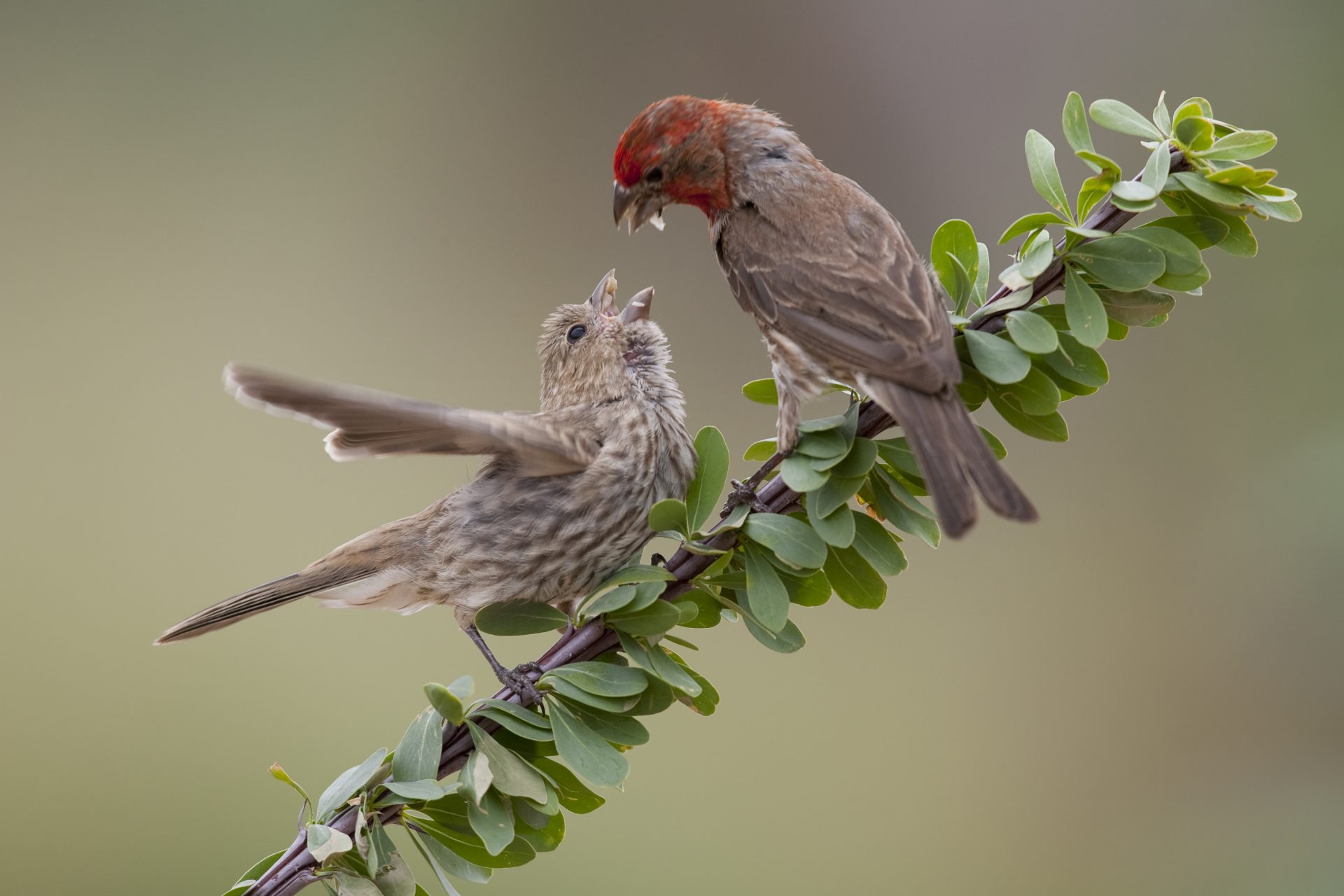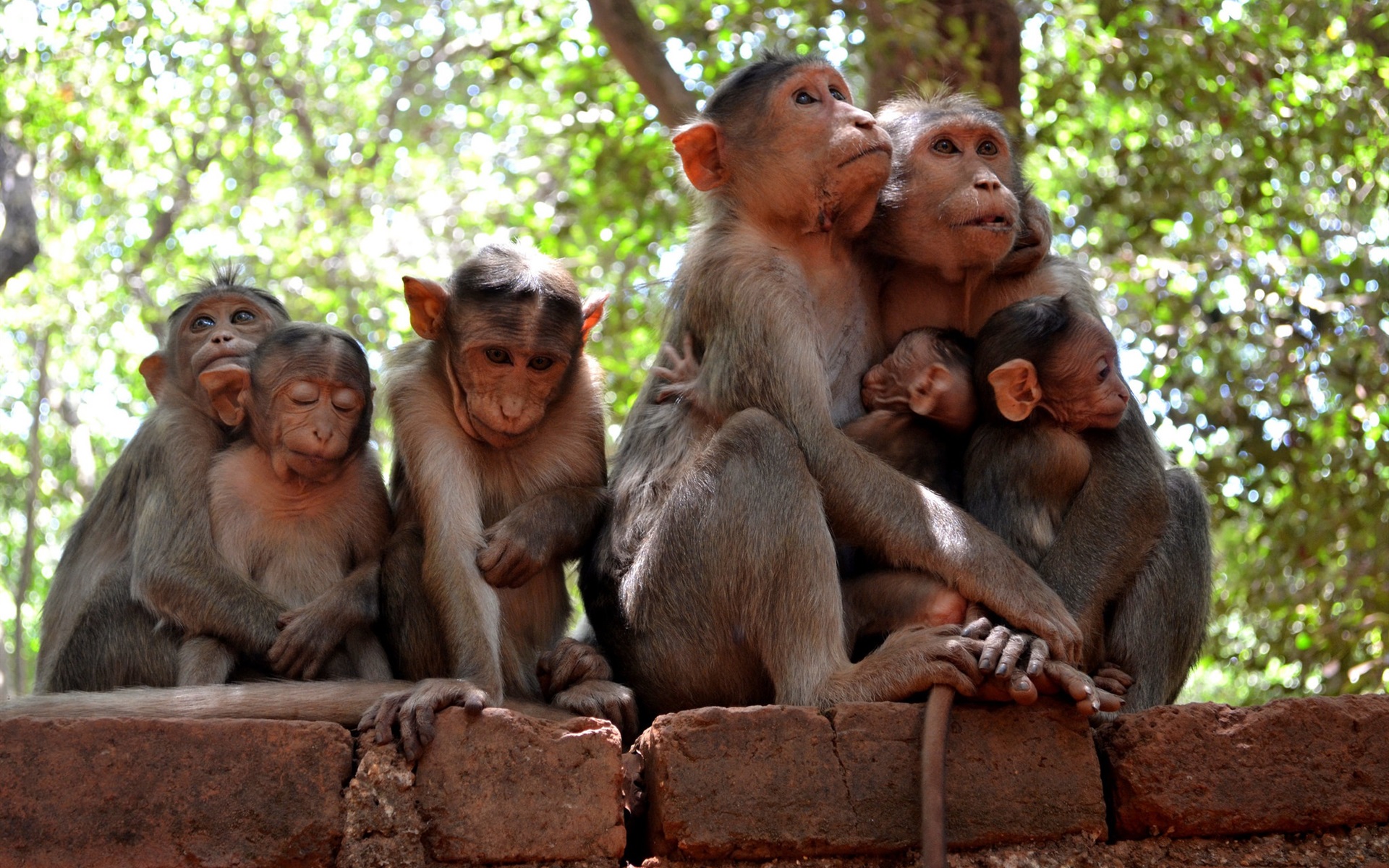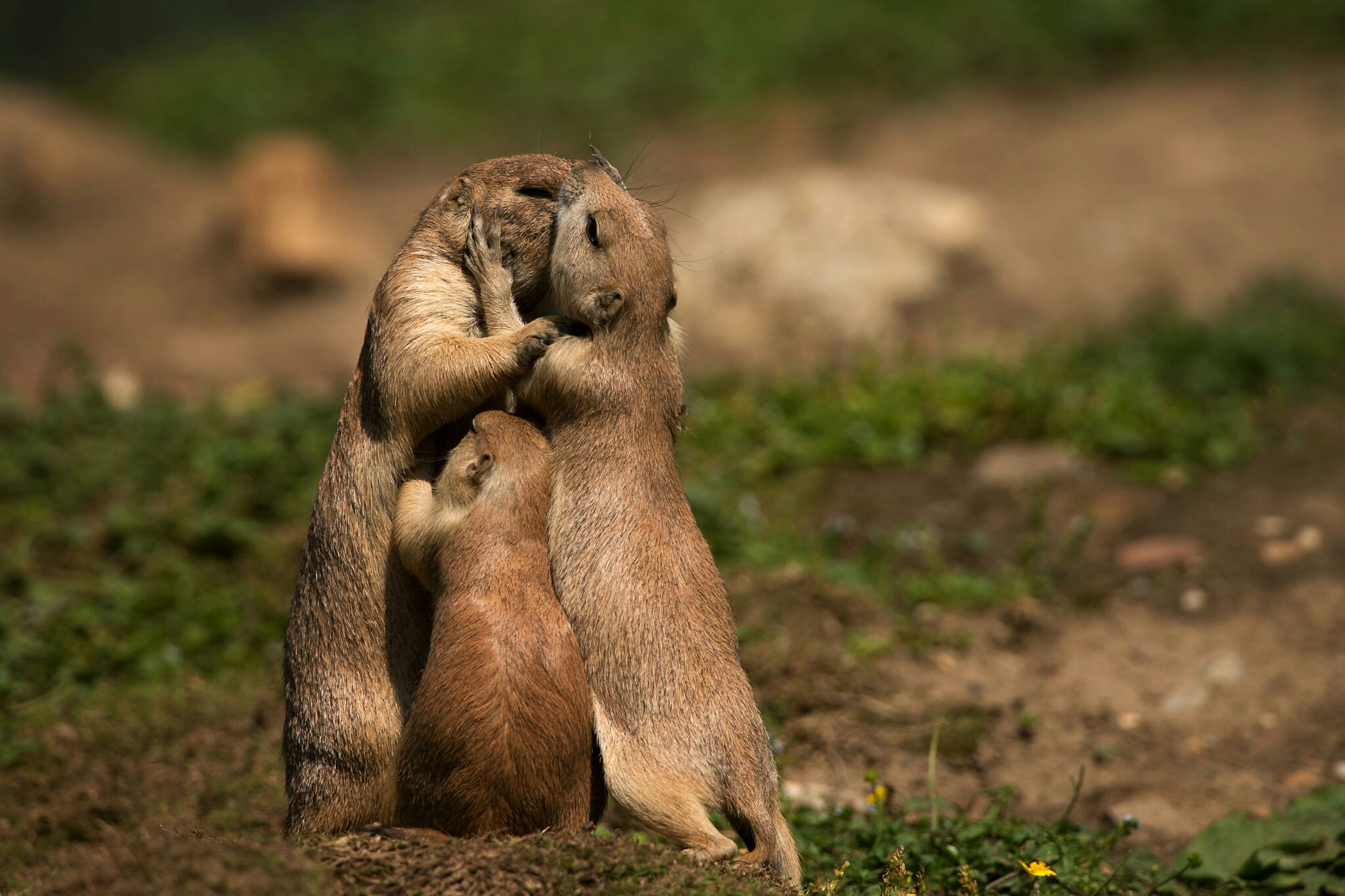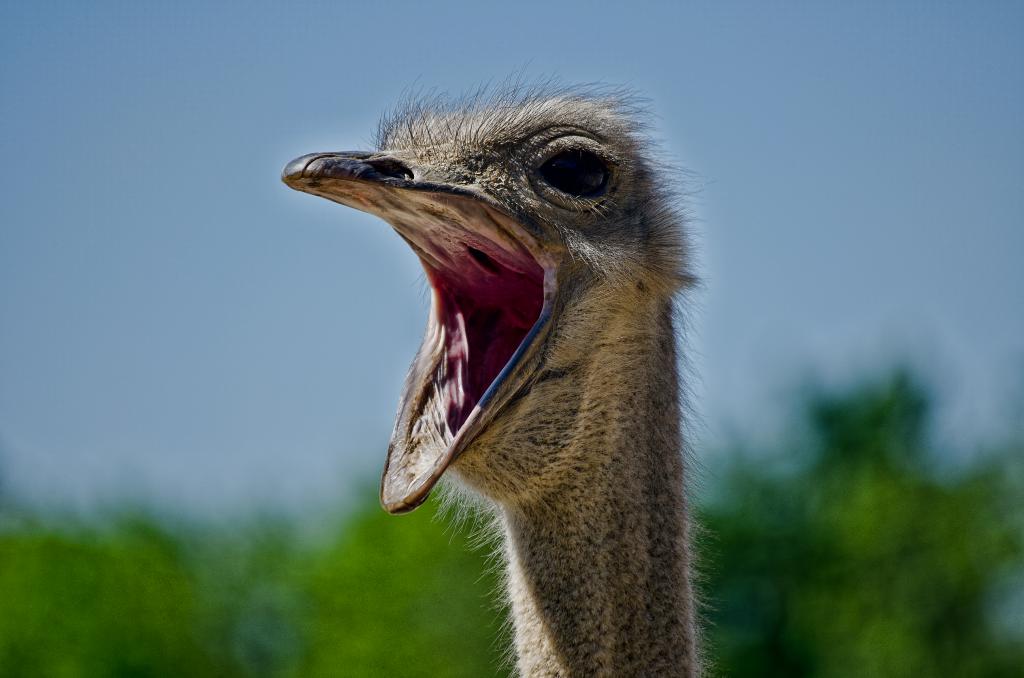Animals communicate with each other. But can they also talk? Do they speak? Can the cry of a seagull be regarded as a word? Or a dog’s bark? A lot of research has always been done on monkeys in that regard. After all, the extent to which humans are ‘present’ in the monkey has always appealed to the imagination. A German researcher once wrote: ‘Man has become human thanks to language’. The buzz about this has not yet died down. In any case, animal language development still has a long way to go, at least by human standards.
Language is not instinctive
Animals use all kinds of sounds to make themselves understood, as is the case with humans. A sonogram makes all these different sounds visible. The question is whether there is a vocabulary in that respect. With language one makes something clear, one exchanges a multitude of information.
Communicating
Language is not instinctive in nature. It’s learned. This is where language differs from other forms of communication, such as courtship behavior and demarcating a territory with, for example, a certain scent. Now it is the case that animals communicate with each other in the most diverse ways, for example with dominant or submissive attitudes and screeching. It turns out that when you make certain sounds, the message gets across the fastest.
Countless sounds
The question that scientists struggle with is whether animals also use all these different sounds to talk to each other, as is usual with human language. The variety of sounds that animals make is enormous. Just think of the chirping of birds, including the beautiful song of blackbirds and the high-pitched chirping of house sparrows. and how other animals communicate with each other in that regard. But is that ‘language’?
Information
Language conveys information to peers, depending on the circumstances. Now take the blackbird. It turns out to be practically impossible to arrange the innumerable sounds that this bird makes in one or another language concept.
Can monkeys talk?
Meerkats are real chatterboxes. They use about four ‘words’ to warn each other that predators have appeared, such as a (rattle) snake or other attackers. As soon as they hear those sounds, they look for a safe haven. Apparently different exclamations cause them to rush to different refuges. It has been found that a certain exclamation means ‘cheetah’. Or “strangle snake.” This clearly indicates that this kind of exclamation is learned. At least that’s what they assume. After all, they are always used in certain circumstances. This also applies to, for example, blackbirds. So one might think that blackbirds, like meerkats, have a vocabulary possess. The meerkats in the South African savanna also use different exclamations to distinguish between birds of prey and predators on the ground.
Small vocabulary
The spoken communication between animals is very simple in nature. The human vocabulary consists of about 40,000 words. Animals use an average of twelve to twenty ‘words’. One should then think of calling out to lure a male or female. Or to defend territory or food. Moreover, in this respect, there is the hereditary transmission. Can one still speak a real language? A dog that barks wants to warn, intimidate or defend, and so on. You don’t have to look for much more than that.
Call Out
All in all, there is little evidence to suggest that there is more than a very primitive language development, despite the fact that locust mice and blackbirds have an extensive repertoire of exclamations, and that the ‘singing’ of the humpback whale can help us in that regard. possibly misguided.
Reading Suggestions: This Is What Science Says About the Human-Animal Bond
Washoe, The ‘Talking’ Chimpanzee
This chimpanzee was world famous. She could ‘ speak ‘. The fact is that a few decades ago she lived among people and communicated with sign language (ASL). Washoe knew about 200 words. But not only that. By combining words, she showed linguistic insight and was able to express her world of ideas. Her most famous line was, “Baby in my drink.” (Baby in my drink). She said that when – as an experiment – she found a doll in her cup.
Intelligence
What should one think of this? The chimpanzee is most closely related to humans. With numerous facial expressions, poses, and exclamations he can make himself understood to us. Of all the animals, he belongs to the group that is best able to do so. Thanks to its intelligence, this monkey can be taught a simple drawing language with the help of symbols. In any case, it can be argued that animals do not use language in the way we imagine a language should be used. In other words, man should not take himself as a standard.
Good Conversation
Perhaps, by human standards, there is a very primitive understanding of language in the more intelligent animals when they are trained. But having a conversation with it, as one is used to among each other and as one imagines a ‘good conversation’, is certainly not possible. From a scientific point of view, how animals communicate is more or less unexplored territory, where a lot of research is being done. Who knows what science will come up with in the future when it comes to communication between animals? In short, one still has to learn to understand the language. It may indeed be a language, but it is of a completely different order from the human language.








